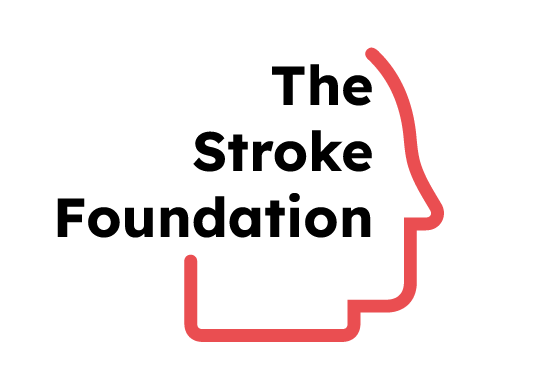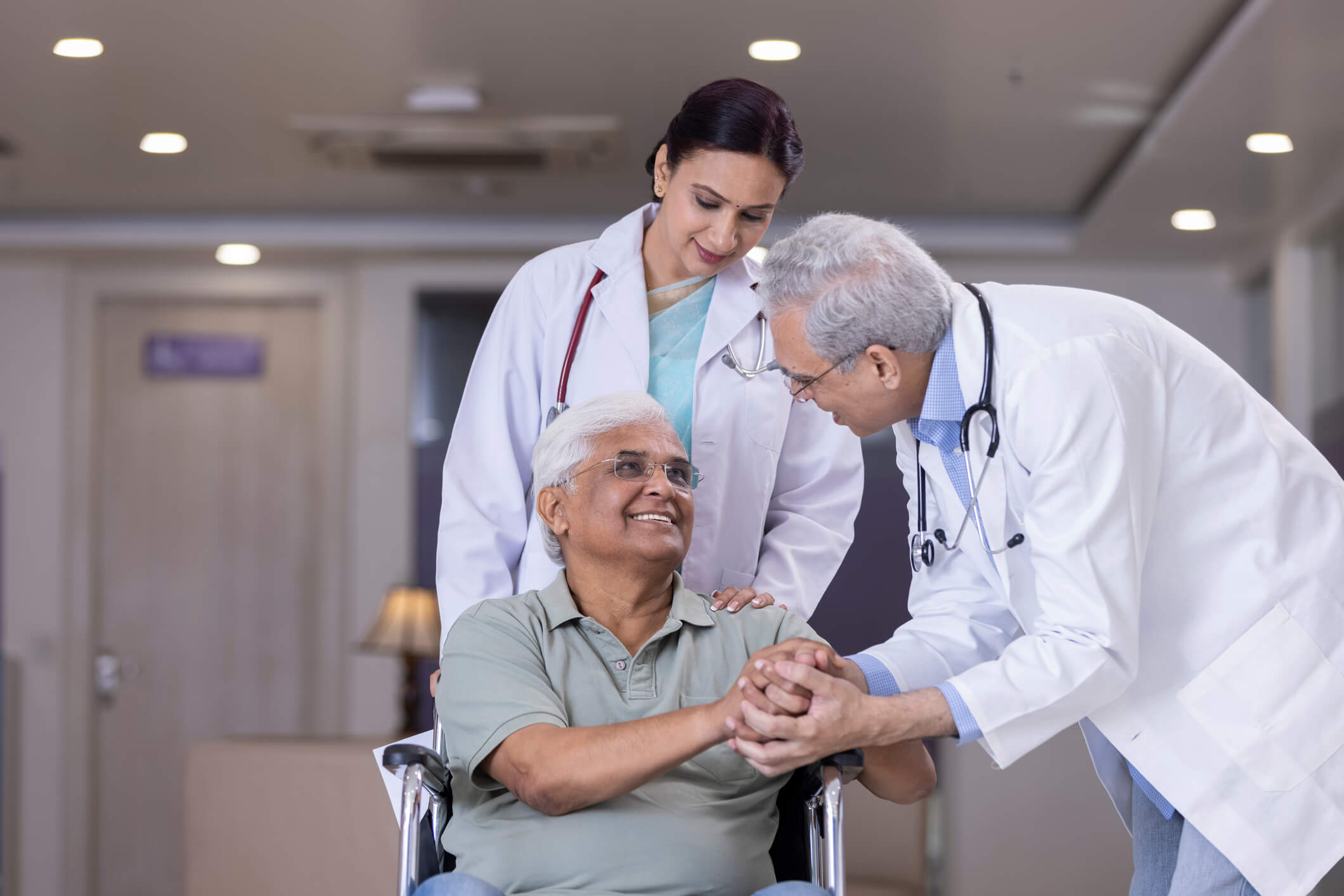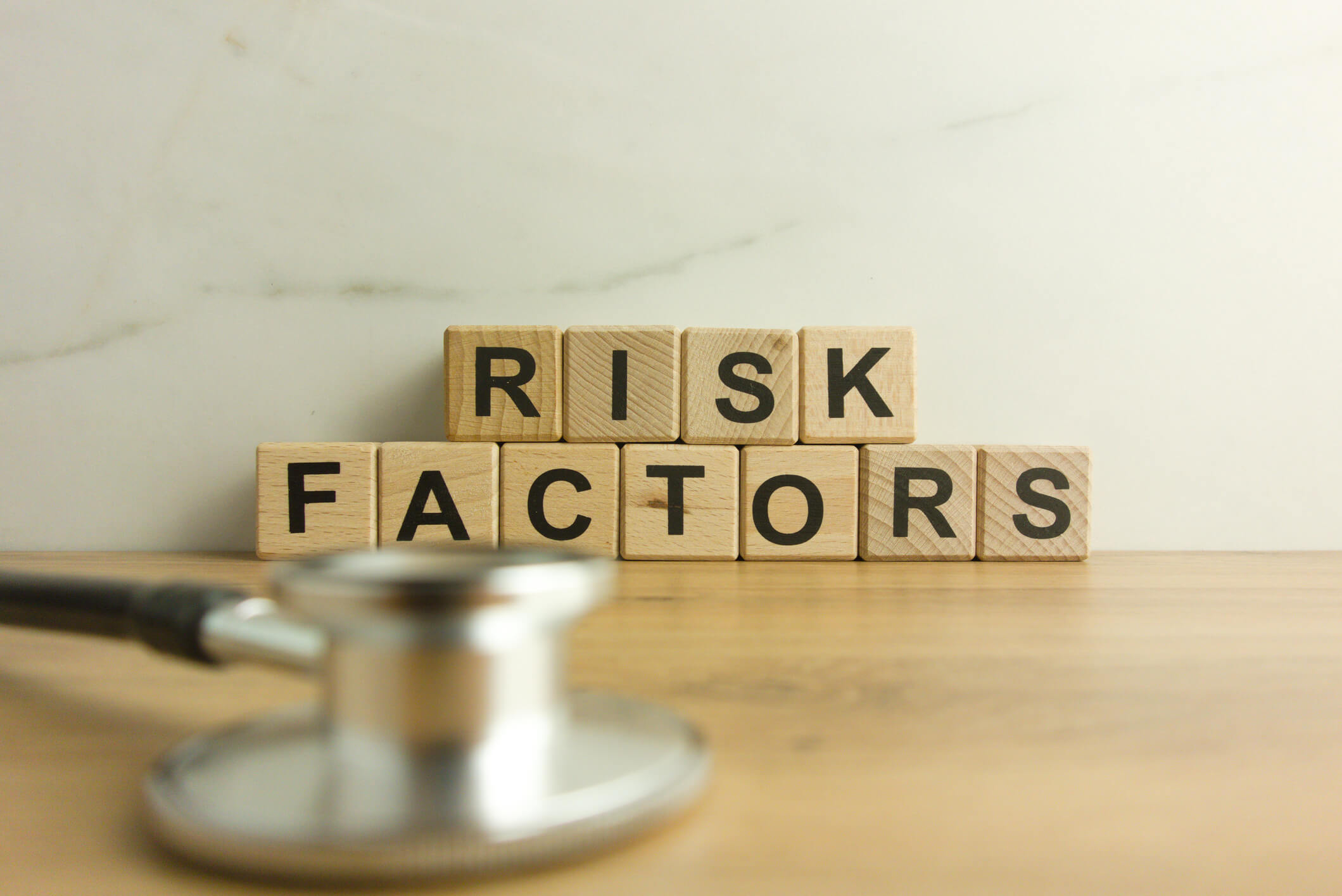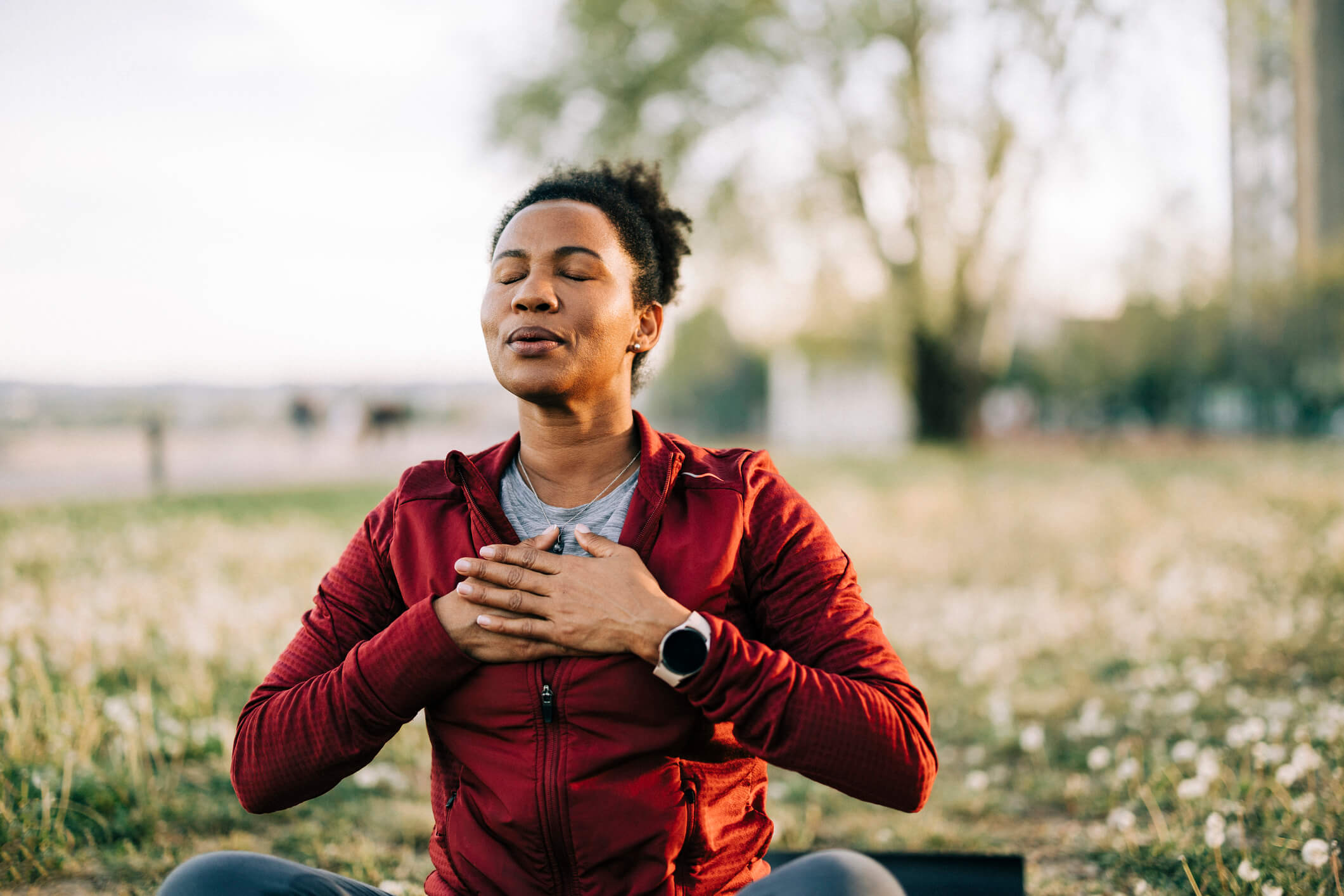Physical Disabilities
Paralysis or Weakness (Hemiparesis)
Many stroke survivors experience weakness or paralysis on one side of the body, often affecting the face, arm, or leg. This is called hemiparesis and can range from mild to complete loss of movement.
- Early physical rehabilitation—especially in the first weeks after a stroke—can improve outcomes significantly.
- Movement can return gradually with therapy, but some survivors may live with long-term mobility limitations.
Changes in Sensation and Spatial Awareness
Strokes can affect how the brain processes sensory signals from the body.
- Survivors may lose the ability to feel heat, cold, pain, or pressure on one side.
- Some struggle with proprioception—knowing where their limbs are without looking. This can make walking or using tools more difficult.
- Neglect or inattention to one side of the body (often the left) is also common, especially with right-brain strokes.
Swallowing and Muscle Control (Dysphagia)
Swallowing problems are common and can increase the risk of choking or aspiration pneumonia. Speech-language pathologists can provide exercises and strategies to improve swallowing.
Communication and Cognitive Disabilities
Aphasia (Difficulty Communicating)
Aphasia is a language disorder that can affect the ability to speak, understand speech, read, or write.
- Some survivors may know what they want to say but can’t find the words.
- Others may speak fluently but say things that don’t make sense.
- Speech therapy is essential and can lead to major improvements, especially when started early.
Cognitive Challenges
Stroke can also impair memory, attention, problem-solving, and the ability to plan or complete tasks.
- Survivors may forget conversations, struggle to follow instructions, or feel mentally “foggy.”
- These issues can be frustrating and often invisible to others.
- Occupational therapy and cognitive rehab can help survivors regain function and independence.
Fatigue and Energy Loss
Post-Stroke Fatigue
Fatigue after a stroke is one of the most common and disabling symptoms—and it's not simply feeling tired.
- Physical fatigue: Walking across a room or taking a shower can feel exhausting.
- Mental fatigue: Difficulty focusing, remembering things, or processing information.
- Fatigue often doesn’t improve with sleep, and it can last for months or even years.
Managing post-stroke fatigue involves pacing activities, prioritizing rest, and getting support from caregivers and healthcare professionals.
Emotional and Psychological Disabilities
Depression and Anxiety
Depression is the most common psychological effect of stroke. It can start immediately or months after the stroke, and may go unrecognized.
Common signs include:
- Loss of interest in daily life
- Persistent sadness or hopelessness
- Withdrawal from others
- Sleep changes and appetite changes
- Feelings of worthlessness or guilt
Anxiety may also increase, especially with fear of another stroke, changes in daily routines, or concern about independence.
These conditions are real and treatable. Speak to your doctor or mental health provider if you or your loved one are struggling. Organizations like Mental Health America offer free screening tools and resources.
Disability Doesn’t Look the Same for Everyone
Every stroke survivor’s path is different. Disabilities may be temporary or permanent, and they may change over time.
Some people recover full function. Others need long-term support. And many live with invisible symptoms that make everyday life more difficult.
Being aware of the wide range of post-stroke disabilities helps us build a more compassionate world—one that sees and supports survivors fully, not just physically.
If you are a survivor or caregiver, know that you are not alone. Rehabilitation, support groups, and access to resources can all make a difference. The sooner these challenges are addressed, the greater the chance for recovery and adaptation.


%20(2)%20(1).png)
%20(1).png)


